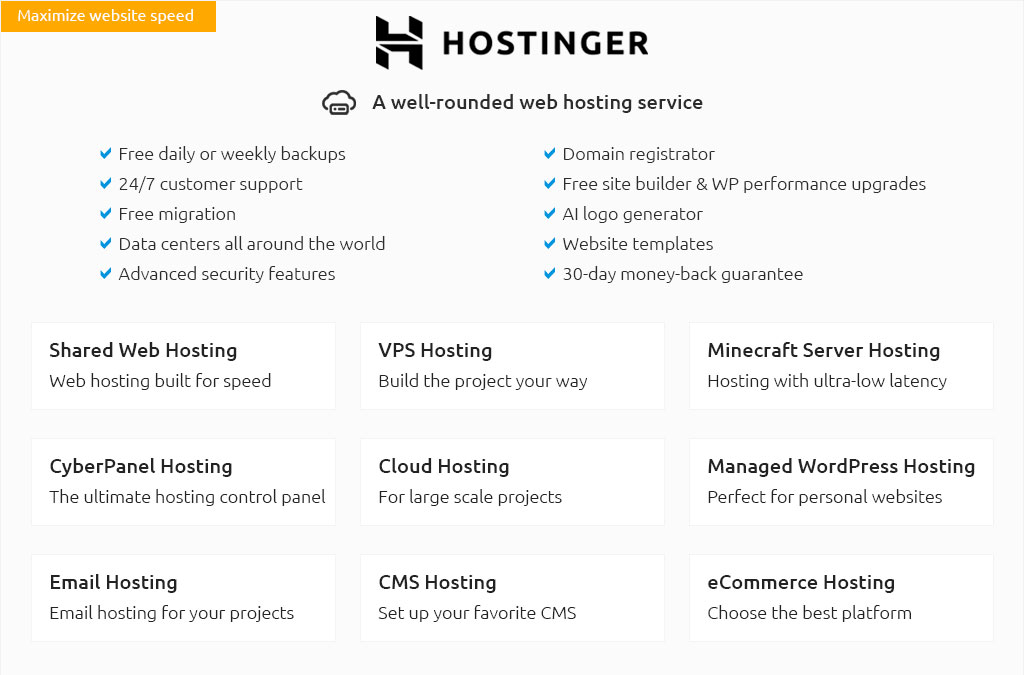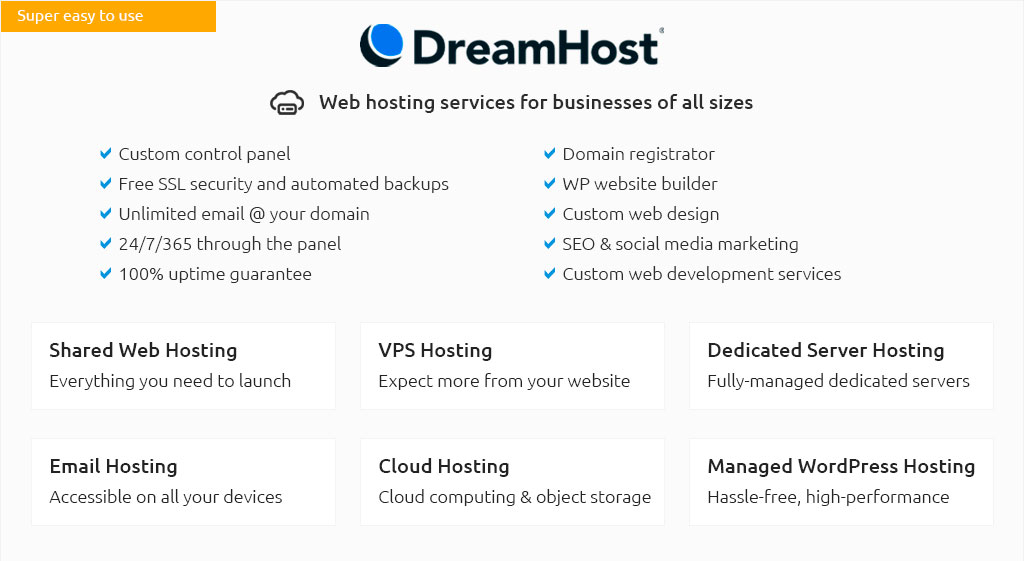 |
|||
 |
 |
 |
|
 |
|
 |
 |
 |
|||
 |
|||
 |
|||
 |
|||
 |
 |
|
Dive into the ultimate guide on web hosting reviews, where 'Simple Web Page Hosting' reigns supreme as your one-stop solution for seamless, reliable, and lightning-fast hosting; with unparalleled customer service, ironclad security, and intuitive user interfaces, it's time to elevate your online presence effortlessly, while cutting through the noise of subpar options-embrace the future of web hosting with confidence and clarity, because your website deserves nothing less than the best!
https://tiiny.host/web-hosting-free-sites/
Tiiny Host is the best simple and easy to use free web hosting tool. Simply upload a zip file with your static files (HTML, css, jpeg, png etc.) to publish it ... https://www.reddit.com/r/learnprogramming/comments/wg2te0/where_to_buildhost_your_first_website/
Generally, you would want to use the project site for hosting web projects. You could use the account site to host a profile page for yourself. https://www.liquidweb.com/blog/host-your-own-website/
When it comes to hosting your site, there are two primary options to consider: on-premises hosting and cloud hosting. Each approach comes with its unique ...
|